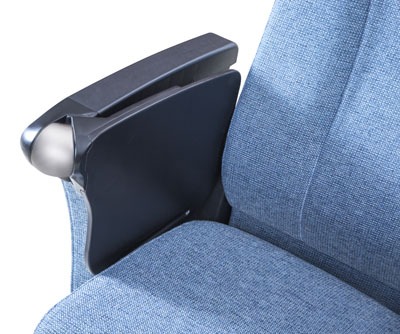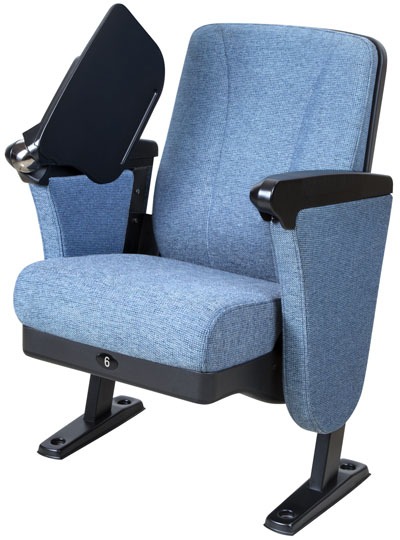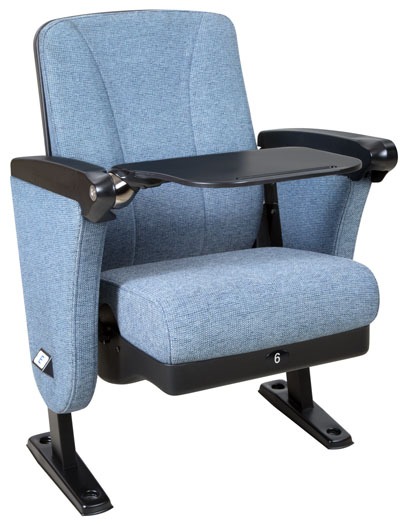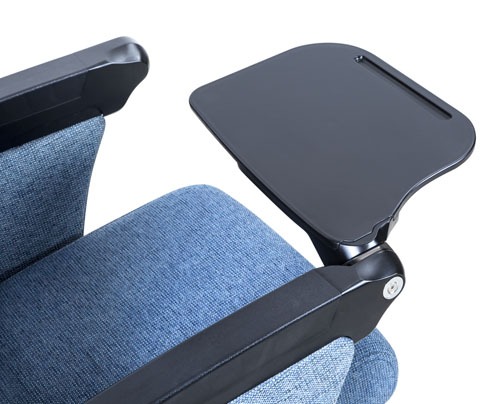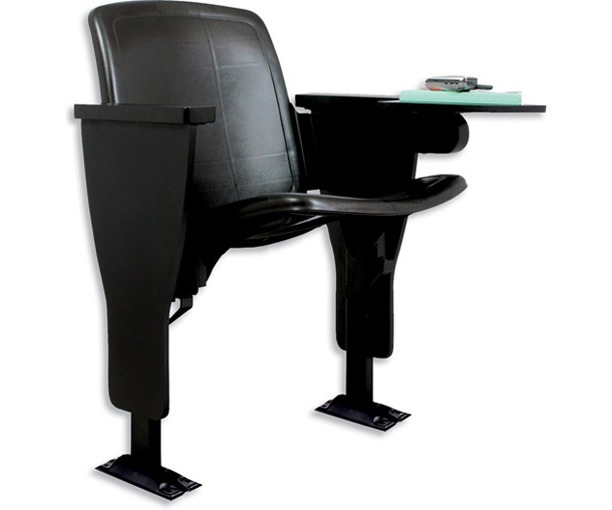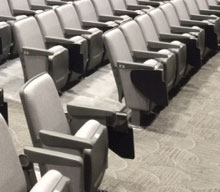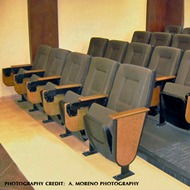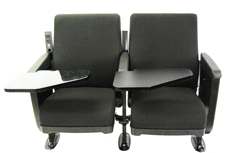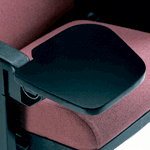Embracing the Evolution of Lecture Seating: A Journey Through Time and Innovation
In the realm of education, the design of lecture seating has gone through an amazing advancement through the years. From humble wooden benches to ergonomically designed chairs, the transformation of classroom seats and tables has not only revolutionized the physical comfort of students but also facilitated an enhanced learning experience. Let’s go on a fascinating journey through time, exploring the progression of lecture hall seats and classroom chairs and tables, and the impact they have had on education.
Ancient Origins: The Humble Beginnings
In ancient times, education was imparted in open spaces, where students sat on the ground or simple mats. As formal education structures emerged, primitive wooden benches with no backrests were introduced. While these benches served the purpose of providing a place to sit, comfort was a distant dream. Students endured long hours, often experiencing discomfort and fatigue. However, these rudimentary seating arrangements laid the foundation for future advancements.
Classic Lecture Halls: Comfort Meets Efficiency
With the rise of educational institutions and classrooms, the demand for more comfortable seating increased. During the Renaissance period, lecture hall seats evolved into wooden chairs with basic backrests. These designs aimed to strike a balance between comfort and the efficient utilization of space. The introduction of individual seating enhanced the overall learning experience, allowing students to focus better and engage with the content being delivered.
Ergonomics and Customization: The Modern Classroom Experience
As our understanding of human physiology improved, so did the design of seats, chairs and tables. The modern era witnessed a paradigm shift towards ergonomics. Experts realized that the physical well-being of students directly impacted their ability to concentrate and learn effectively. Consequently, ergonomic chairs with adjustable features, lumbar support, and cushioning became the norm.
Moreover, the integration of technology in classrooms and lecture halls revolutionized the design of chairs and tables. Traditional fixed desks gave way to modular and adaptable solutions, allowing students to collaborate easily, accommodate technology devices, and personalize their learning spaces. Mobile chairs and tables equipped with wheels and foldable features brought versatility and flexibility to the learning environment.
Innovations for Inclusion: Meeting Diverse Needs
In recent years, a growing emphasis has been placed on inclusive education. The design of lecture hall seats and classroom chairs and tables has evolved to cater to the needs of students with physical disabilities. Integration of features like wheelchair accessibility, height adjustability, and specialized seating options have fostered a more inclusive learning environment. These innovations ensure that every student, regardless of their physical limitations, can actively participate and engage in the learning process.
Conclusion
The transformation of lecture seating and classroom furniture is a testament to our commitment to creating conducive learning environments. From ancient wooden benches to technologically advanced, ergonomically designed chairs and adaptable tables, education has come a long way. By prioritizing student comfort, ergonomics, and inclusivity, we have revolutionized the way students experience learning.
As we move into the future, it is important to continue exploring new possibilities and refining our understanding of how seating and furniture impact learning. By embracing innovation and considering the diverse needs of students, we can foster an educational landscape that empowers and inspires learners, propelling them towards their full potential. Let us continue this journey of evolution, striving for ever-improving lecture room seats, chairs and tables that facilitate excellence in education.
